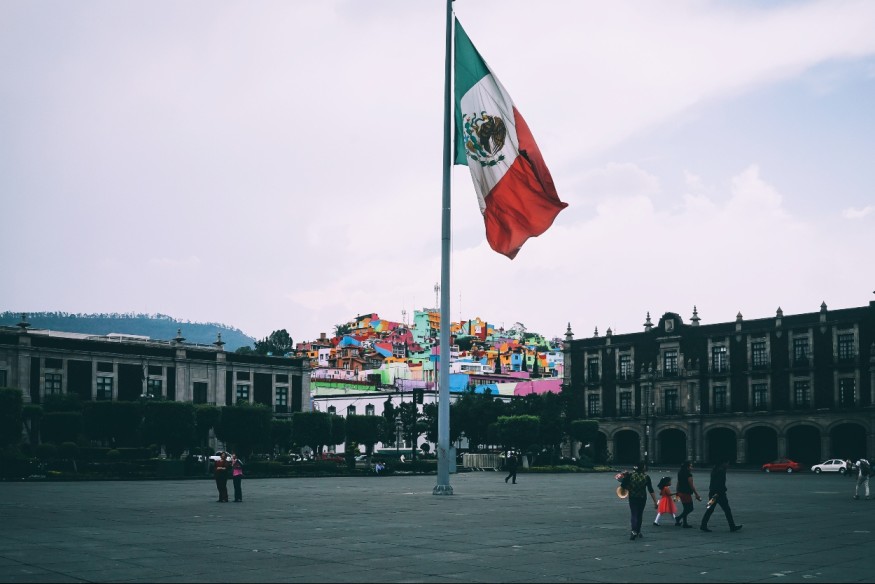4 Truly Amazing Places to Visit in Mexico

Mexico is a Latin American country that's rich in history and culture.
Made up of 31 states and one federal district, the country is homes to more than 100 million residents and evidence of the past civilizations that once occupied the lands.
Many of Mexico's rural areas are inhabited by indigenous tribes whose way of life is similar to their ancestors.
These areas are also the site of many pre-Columbian ruins of the ancient people, including the Olmecs, Zapotecs, Mayans, Toltecs, and Aztecs.
Monte Alban
Monte Alban, or White Mountain, was one of the most powerful cities for over a thousand years before it was mysteriously abandoned by the Zapotec people in the 8th century.
Situated on a flattened hilltop, the ancient city provides a stunning view of the valley surrounding it.
The metropolis was founded in the 6th century B.C. by the Zapotec people, serving as a home to nearly 20,000 people.
Today, tourists may explore the ruins, including its massive monumental structure, pyramids, and tombs.
Visitors are also encouraged to see the ball-court where a mysterious set of slabs featuring mutilated human forms and strange depictions of upside-down men could be found.
San Miguel de Allende
In Central Mexico sits a small colonial paradise that's overflowing with history.
San Miguel de Allende was the first Spanish settlement in Guanajuato and was founded by a Franciscan monk in 1542.
The area, which served as a market center, was surrounded by farmlands that produced corn, wheat, and fruits.
San Miguel de Allende's vivid churches and numerous colonial buildings served as the inspiration for establishing the Escuela de Bellas Artes in 1938 and the Instituto Allende in 1951, both of which attracts hundreds of artists and U.S. citizens every year.
Museo Nacional de Antropologia
The National Museum of Anthropology is the largest museum in Mexico.
Located in Chapultepec Park, the museum holds a multitude of artifacts and exhibits from the ancient civilizations such as the Mayan and Aztecs.
The Museo Nacional de Antropologia also holds the Stone of the Sun, the original calendar stone of the Aztecs.
The museum was constructed in the 18th century and opened in 1964.
The Museo is widely known for hosting a range of important artifacts from Mexico's pre-Columbian era.
Within its 23 exhibition rooms, tourists can explore everything from the Toltecs to the Aztecs.
The entire collection boasts over 12 million archeological and ethnological pieces.
San Ignacio Lagoon
The San Ignacio Lagoon is a UNESCO World Heritage Site known for being a whale sanctuary.
The lagoon is also the last place where gray whales can mate and breed without being disturbed by humans.
The Laguna San Ignacio is home to 45-feet long, 40-ton gray whales who approach whale-watchers and allow their visitors to touch and even kiss them.
The lagoon was once the subject of one of the most successful environmental campaigns in history when an environmental advocacy group, El Grupo de Los Cien, managed to stop Mitsubishi from using the whale lagoon in their saltworks project.
Want to read more?
- Uncovering the Identity of the Red Queen of the Mayan Palenque Kingdom
- Oldest and Largest Ancient Mayan Temple Found in Southern Mexico
- Aztec Eagles: Meet the Mexicans that Changed the Course of World War II
Subscribe to Latin Post!
Sign up for our free newsletter for the Latest coverage!
© 2025 Latin Post. All rights reserved. Do not reproduce without permission.













